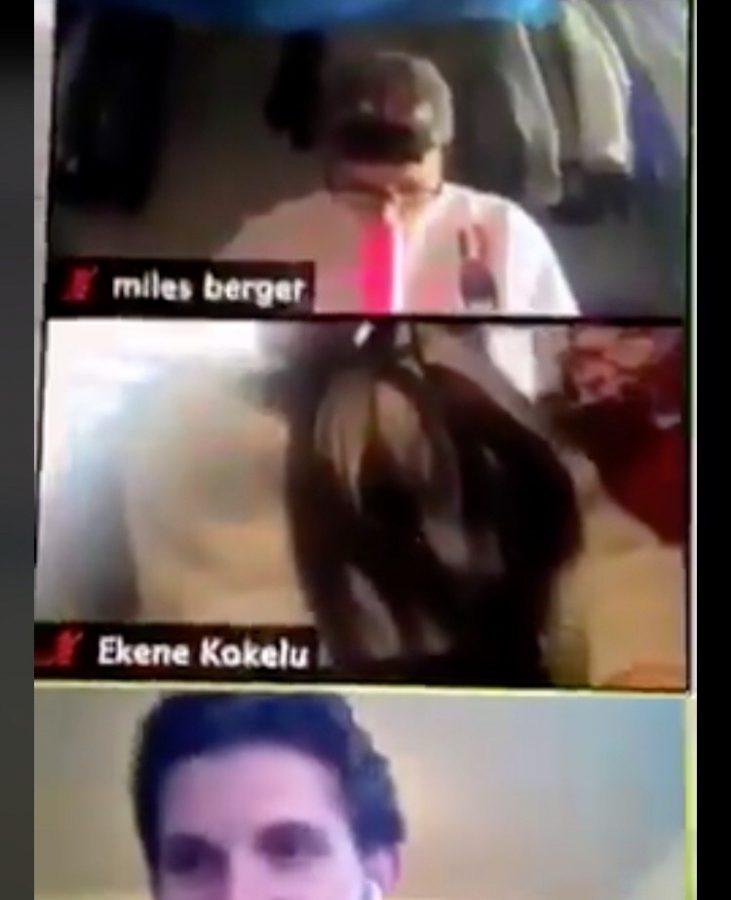The rise of Zoom and the steady decline of the empire have forever changed the face of collegiate learning. As the world fails faster than we can keep up with the news, distance education is here to stay.
But what kind of learning can be achieved in this environment?
During their first week of class at Santa Rosa Junior College since the Great-Pandemic-Recession-Depression-Thing, academic demands forced students to confront delayed midterms, rewritten course curriculum and general chaos, all while having to endure the death of the world that made such academic endeavors necessary in the first place.
The coronavirus has shattered the financial and personal lives of college students, with many of them still grappling with how to survive the loss of wages, loved ones and lifestyle.
Students are now forced to pick up the pieces of their shattered lives, while juggling the Kafkaesque educational demands of SRJC bureaucracy that values continued operation over student success and wellbeing.
Which brings us to the question: Is Zoom just a work program for college administration and faculty?
The stats are not in yet, but it’s safe to say that many Student Learning Outcomes will go unachieved. Test scores probably won’t go up; more than likely they will fall. The clamoring in the SRJC community for “pass/no pass” grading is reflective of the low expectations of both students and faculty. “Pass/no pass” grading is not always accepted by all universities for transfer.
Whether the decision to apply “pass/no pass” more freely is an acknowledgement from SRJC that Zoom classes are less effective methods of teaching, or that students are not adequately prepared to resume their coursework, remains to be seen.
Zoom is not the classroom most students spent their hard-earned dollars on.
How much are online-streamed courses where students sleep, sh*t and smoke bongs really worth?
Insanity is infectious.
In the aftermath of the Tubbs and Kincade fires, SRJC students were allowed weeks’ worth of break that were never rescheduled, to give people a chance to recover from the devastation.
In response to the coronavirus, the worst disaster in living memory, the college only gave students an extra week after spring break to settle their affairs.
Officials expected them to return to their coursework like nothing happened. And despite the warm words of support coming from college administrators and faculty, very little leniency has been afforded to those who are unable to continue their academics just a few weeks after the world they prepared for fell apart at the seams.
For those willing and able to function academically, a growing sense of “what the f*ck are we doing anymore?” has descended over students.
It has nothing to do with academic success or picking a good major. Regardless of whether your career will survive “the purge,” what every single student faces today is nothing short of spiritual defeat in the face of impending doom. Every single American, whether they admit it to themselves or not, suffers from this condition in the age of coronavirus.
What makes it so much harder for students in these conditions is that all we have is the future, and the future has become our greatest adversity.
There is no future being taught in classrooms today, only the past. The economy may recover, but our way of life will never be the same. And under the backdrop of the planet’s slow death due to climate change, students and people all over this country are beginning to wake up and wonder how they’re going to survive, let alone thrive.
And all their classes, all their majors, all their skills, simply do not match up with the kind of future in which they will be living in.
That’s why classes are a joke now.




